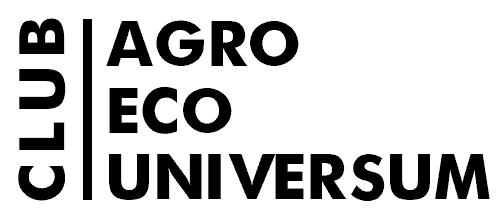A method for super intensive shrimp cultivation in aquaculture is found

Ecologically clean method based on water recirculation during super intensive shrimp cultivation mastered in Indonesia
Crustacean commodities are the second biggest aquaculture product in the world after finfish commodities. In 2015, Indonesia produced more than 353 thousand tons of shrimp , and the production of shrimp is predicted to increase up to 506 thousand tons in 2020, comprising almost 15% of the total aquaculture value worldwide.
The techniques used to produce white shrimp in Indonesia are still dominated by conventional rearing strategies. Despite their relatively simple and low-cost operations, several disadvantages are still attributed to these conventional systems, such as lacking water quality management, biosecurity issues, and disease outbreaks, which lead to unpredictable culture performance. To address this sustainability issue, a new strategy for shrimp production needs to be developed and implemented immediately in the aquaculture industry.
One of the possible and well-proven options is the use of closed water recirculation systems. Generally, there are two types of closed systems in the aquaculture industry: 1-the recirculation aquaculture system (RAS) and (2) the zero water discharge (ZWD).
The basic principle of the RAS is the treatment of effluent culture water through 3 processes: (1) filtration, including physical, mechanical filtration and biofiltration units; (2) disinfection; and (3) oxygenation of water. Even though the RAS can maintain stable water quality for long periods, its operational cost, specifically its electricity costs (Suantika et al., 2003), makes this system less attractive for application at the farm level.
In the ZWD system water quality is maintained by microbial communities including: (1) Bacillus megaterium to enhance the rate of processing from accumulated organic matter; (2) nitrification bacteria to convert processed organic matter to non toxic compunds; (3) the microalgae Chaetoceros muelleri to uptake pollutant, and improve the oxygen level, provide shading, and act as a source of live feed for shrimp culture. Even though the operational cost to maintain water quality in a ZWD system is relatively low, the carrying capacity of the system is not big enough to support a long period of super intensive shrimp / fish culture.
Considering the positive aspects and disadvantages of the two systems mentioned above, it is proposed to consider the possibility of using a combined RAS-ZWD system. Such a system at the first stage (while the water is still clean enough) functions as a ZWD, and then, as the number of shrimps and, accordingly, pollutants increases, as a RAS (additional filters of physical, mechanical and biological treatment are connected). In the hybrid RAS-ZWD system, the effluent water was transferred from the shrimp tank into the settling tank by gravity before being pumped into the protein cleaner and then the activated carbon filter tank. Subsequently, the water was treated using a biofilter before being returned into the shrimp culture tank.
Monitoring of water quality during the intensive cultivation of shrimp showed that all of the water physicochemical parameters during the 84-day culture period did not decrease below acceptable levels and the amount of organic pollutants was within normal range. Water quality at the end of the 84-day period was the same even when the number of shrimp increased from 500 to 1000 pcs per cubic meter of water.

This means that the possible dilution density of shrimp in water can be 1000 pieces per cubic meter, but at the initial stages it is better to use a lower density when checking the operability of the system. As one of the chemical water parameters in shrimp culture, dissolved inorganic nitrogen in the forms of ammonium, nitrite, and nitrate should be monitored tightly during the culture period. More frequent and longer water circulation using the RAS is needed at higher stocking densities. Also, during the whole period of shrimp cultivation, low bacterial diversity and the total number of pathogenic bacteria were found, which indicates the preservation of high quality water and comfortable conditions for shrimp.
It should be noted separately that with a higher breeding density of shrimp, their survival was significantly reduced (from 70% at 500 pieces per cubic meter to 40% at 1000 pieces per cubic meter). The significantly lower survival in the higher stocking densities may be explained by the environmental stress due to the space competition caused by the high shrimp population. This environmental stress could increase the cannibalistic behaviour of white shrimp during the moulting period.

Although with a high abundance, higher overall productivity was still achieved than with a lower initial abundance. As part of economic costs, a balance must be struck between the initial number of shrimp and the amount of final biomass. These results provide a clear view that the application of the hybrid ZWD-RAS system will be most efficient at the stocking density of 500 PL/m3, as it requires much less seed and feed (thus lower operational costs) to produce shrimp productivity similar to that at higher densities up to 1000 PL/m3.
The use of the hybrid system for shrimp culturing allowed for the synchronization of the maintenance of water quality and the efficiency of energy costs for RAS operation. Additional ways to maintain water quality that can protect shrimp at high cultivation densities are discussed in our other article on aquaculture in Indonesia.
Full Text:
